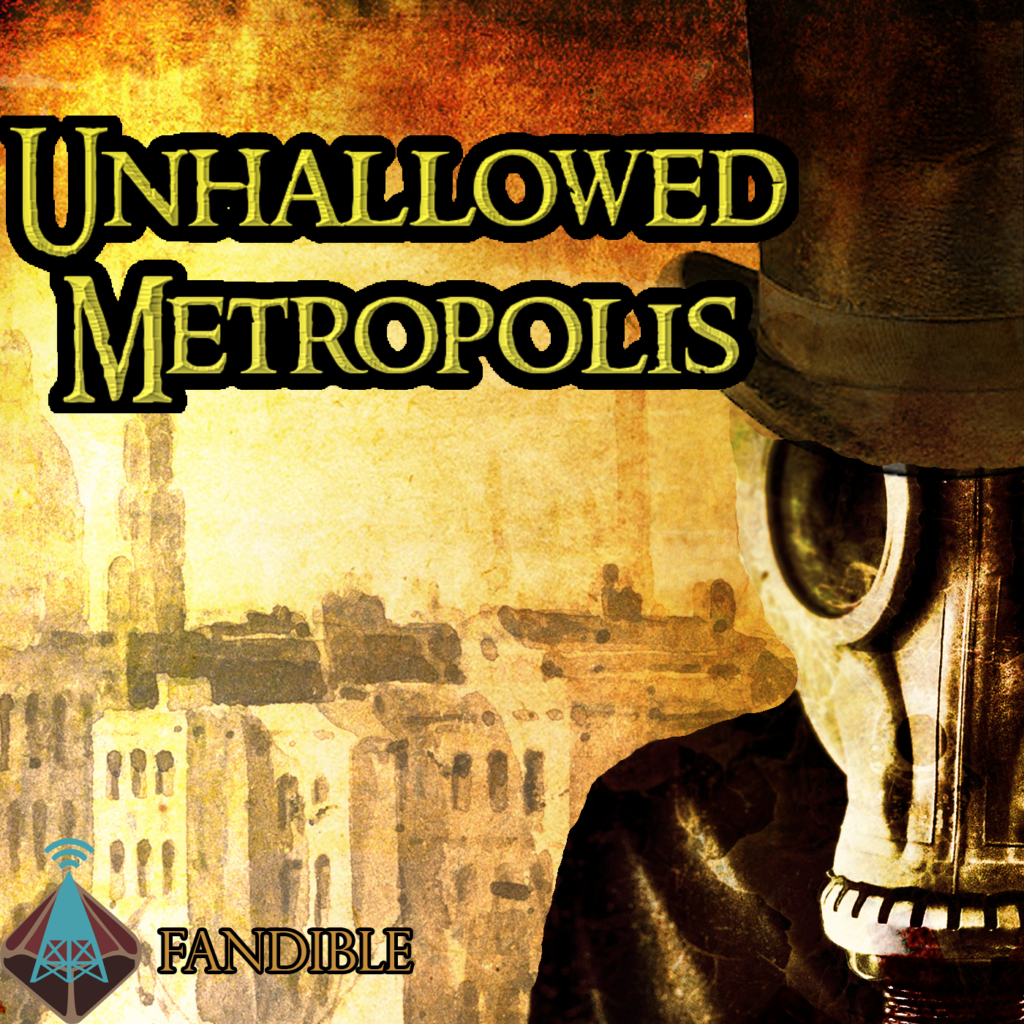
From the notes of Professor Charles Israel’s most recently scholarly work, ‘Vampires of India: A Study Of Necrodiversity’:
‘and all it takes is a single visit to the Indian subcontinent to render everything we know about vampires moot: all the commonly accepted conventions of vampirism are little more that suggestions to the vast, and frankly, puzzling, variety of undead predators there. However, through various means I have been able to catalog the stories, sightings, and in some fortunate cases, specimens of nearly all the known sub-species of vampires that infest India. What follows is my latest, and in my humble opinion, the single greatest and most complete, catalog of these creatures.
Editor’s note: the publisher of this book makes no guarantees as to the accuracy, usefulness, or even legibility of any of the entries below. Anyone attempting contact or conflict with one of the vampire sub-species detailed in this book does so at their own peril, and the publisher can not and will not be held responsible for any bodily, spiritual, or psychological harm or even death that may result.
Entry #28: Vampire Trees
Deathcycle: The dread ‘vampire trees’ of India are one of its most puzzling creatures: they begin their deathcycles as human, or at least, humanoid. During this phase, a vampire tree looks like any other person, although their skin is pale, and if touched, is cold and clammy to the touch. Careful vivisection of one of these vampires during their humanoid phase has shown that the blood in their veins and shriveled organs has the sticky consistency of sap, though colored a deep red, and possessed of a truly staggering stench. This phase normally lasts no longer than a week, during which time the vampire will seek out blighted land in which to lay roots. Once the vampire chooses its hunting ground, fibrous tendrils extend from its feet into the ground, and in a matter of hours its skin begins to harden and darken into a rough, bark-like exterior. The transformation takes a full day, during which the vampire is extremely vulnerable. This may explain why they often choose out of the way locations rather than places close to human habitation centers. Once the transformation is complete, the vampire resembles nothing more than a gnarled tree with dead, leafless branches which sway slowly, regardless of the presence of wind. A vampire that reaches this stage is firmly planted in the ground, and will not move from this spot again.
Hunting Methods: Vampire trees, being immobile, do not hunt in the same way other vampires do. Instead, they lay in wait, their exquisitely sensitive root system alerting them to any living creature that wanders into range. Once a creature is sensed, these same roots burst from the ground, wrapping themselves around their victim and dragging it to the ground in a matter of seconds. The roots then begin to drain the blood from the victim, all the while continuing to wrap around it and forming a sort of cocoon around it. Victims trapped inside the cocoon are anesthetized, and unable to break free. Field testing shows that if a victim is broken out of one of these cocoons within the first 15 minutes, survival rates are excellent- assuming of course that the rescuer is not themselves caught by the roots and devoured.
Known Weaknesses: While vampire trees that have planted roots become immune to the effects of sunlight due to their bark, this creates a new vulnerability: Fire. Kill it with fire.
Entry #127: Floating Vampires
Deathcycle: These strange and deformed creatures are also known as ‘balloon men’ among the locals, and are the main reason why any traveler with the merest smidgen of sense always keeps an eye on the skies while traveling through India. The vampiric transformation process for these creatures leaves them as wizened creatures with twisted, spindly limbs and a hunched back with a noticeable fleshy protrusion at the top. During the day the creatures sleep underground or in caves or other homes, but at night they scrabble their way free and begin the fascinating, and admittedly disgusting, process of generating gases within their bodies that begin to inflate the new structures within their backs. The process takes several minutes, each one more horrifying than the last as their skin stretches and fills with noxious gases. These gases, being lighter than the air around them, allow the vampires to float into the air, and then propel themselves by expelling the gases through their [editor’s note: we have condensed the following three paragraphs, all of which describe in painstaking detail the process of ‘jet propulsion’ these creatures use, with the following word:] orifices.
Hunting Methods: These vampires are opportunistic feeders, floating along with the night breeze until they spot potential prey below. They will then make small corrections to their course via controlled expulsion of gases in what I have termed ‘silent but deadly’ mode. Once they are above their prey, they angle themselves downwards and divebomb their prey by expulsing all their gases at once rather loudly, startling their prey just before they strike.
Known Weaknesses: While piercing the skin of their ‘gas sacks’ with arrows or bullets is easy, this will not seriously inconvenience the vampire: its skin will heal almost immediately, and at best, you’ve now got an angry vampire on the ground close to you, which is not generally conducive to continued existence. The recommended method is, instead, to use fire. Either direct application via flamethrower or by shooting the creature’s gas sack with a flaming projectile will work, both methods leading to a violent and immediate explosion that destroys the vampire. In the interest of staying clean, I suggest bringing a large umbrella with you.
Entries #265, #266, and #267: The Guu, Choki, and Paa Clans
Deathcycle: What sets these vampires apart, even more than their unique abilities and adaptations, is their diet: vampires of the Guu Clan are only able to draw sustenance by feeding on vampires from the Choki Clan. Choki vampires, in turn, feed exclusively on Paa Clan vampires, who’s diet in turn consists solely of Guu vampires. This unique set of feeding restrictions and interactions have led the creatures to develop unique physiological adaptations modeled solely around their ability to overcome their prey.
Hunting Methods: Each of these clans has a unique hunting method based upon their adaptations. Guu vampires, for example, develop a tough, almost rock-like exterior, which renders them immune to the blade-like extrusions that Choki vampires display on their arms. These Choki blades, however, are perfect for slicing through the fibrous, papery skin of Paa Clan vampires. This same papery skin allows Paa vampires to wrap it around Guu Clan vampires, immobilizing them while the Paa feeds.
Known Weaknesses: Don’t bother. These vampires are too focused on one another to present a real threat. Also, fire works pretty well.
Fandible.Com is now on Patreon! If you enjoy our weekly blog posts and actual play podcasts, please consider supporting us.



Did you find any of these humanoid phase vampire trees to mimic human anatomy even during vivisection? My careful examinations seemed to show that 80-90% of vampire trees in this state where indistinguishable from regular humans even during vivisection and on into a death like phase. Remarkable mimicry!
you rock-paper-scissored vampires.
Nice
also it was rude of the editor to cut out how the balloon men fly
Like most learned treatises on the subject, whilst fascinating, it can be summed uo nicely: use fire. Napalm is good.
Personally, i go for modified Schlock 950h, fuel/air napalm proppelant mix. Admittedly, it’s a little showy.